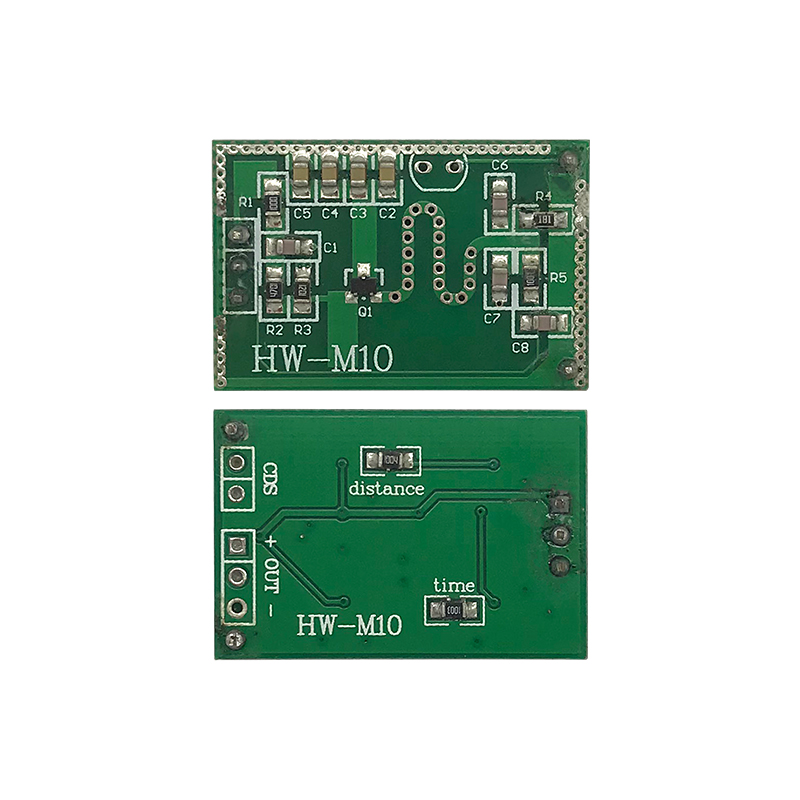 1004,West-CBD,No.139 Binhe Rd,Futian District,Shenzhen, China Post Code:518048
1004,West-CBD,No.139 Binhe Rd,Futian District,Shenzhen, China Post Code:518048
 +86-18682200597
+86-18682200597
 sales@szhaiwang.com
sales@szhaiwang.com
 1004,West-CBD,No.139 Binhe Rd,Futian District,Shenzhen, China Post Code:518048
1004,West-CBD,No.139 Binhe Rd,Futian District,Shenzhen, China Post Code:518048
 +86-18682200597
+86-18682200597
 sales@szhaiwang.com
sales@szhaiwang.com
source:Industry News release time:2022-08-11 Hits: Popular:Infrared sensing module

There are four modulation schemes currently used for 40 Gbps: fiber duobinary, differential phase shift keying (DPSK), differential quadrature phase shift keying (DQPSK), and the emerging dual-polarization quadrature phase shift keying (DP- QPSK). DPSK and DQPSK offer excellent reachability and dispersion performance, but their designs are complex and expensive. DP-QPSK has been adopted by several operators, and Mintera Corporation and JDS Uniphase Corporation have developed it into a 300-pin LFF transponder. Mintera has launched its 300-pin LFF adaptive transcoder, and claims that DPSK will dominate the 40 Gbps module market, "DQPSK has entered the Japanese and Chinese markets, but 90% of current shipments are still DPSK."
Opnext offers four types of 40 Gbps transponders: duobinary, DPSK, continuous mode DPSK variants, and DQPSK. According to the Ovum survey, duobinary has the lowest cost, followed by DPSK. But the question for transponder vendors is what to do next, should you bet on DQPSK or 40 Gbps coherent DP-QPSK designs?
However, material cost is only one of the bottlenecks, and fiber performance is the more important constraint. DQPSK has excellent dispersion performance, but if used concurrently with 10 Gbps, the position of the 40 Gbps coherent channel must be managed.
Another concern is 100 Gbps modules. DP-QPSK is an industry-recognized modulation scheme for 100 Gbps, and given the commonality between 40 Gbps and 100 Gbps coherent designs, the relative cost of the two is the winning factor. Rafik Ward, vice president of marketing at Finisar, said the focus is on the economics of 40G vs 100G. "If more affordable 100G coherent designs come out, is there still room for 40G?"
At the same time, designers are continuing to shrink the size of existing 40 Gbps modules in an effort to dramatically increase their system capacity. A 7x5-inch 300-pin LFF transponder requires its own line card, so a 40 Gbps link requires two system line cards: one for short reach for the client interface and one for the line-side transponder.
Read recommendations:
The characteristics of NTC thermistor resistance.Smart Human Body Infrared Sensor Vendor
Detailed explanation of the application of MOV, NTC and PTC in power module protection scheme.Linear
Popular Recommended Products
PIR Lens RX-23
2021-12-09PIR500B Analog sensor
2021-12-09PIR Lens 2134-1
2021-12-09Wide-Angle Fresnel Lens
2021-11-27PIR Lens 8011
2021-12-09PIR300B Analog sensor
2021-12-09PIR Lens 7704-2B
2021-12-09HW-F1000-5 Fresnel Solar lens
2021-11-27HW-MS07 microwave sensor module
2021-12-07Digital PIR Sensing Controller 3312-3s
2024-03-22PIR Lens 7809-5
2021-12-09NTC thermist resistance heat time constant.Human Body Temperature Monitoring Sensor Factory
2023-04-15NTC temperature sensor with high temperature resistance 250 ~ 350 degrees
2023-02-11Technical parameters and selection of catheter NTC temperature probe
2022-08-20Introduction to Fresnel lens
2022-11-09NTC thermistor in greenhouse.Automatic machine mirror
2023-08-11Temperature measurement principle of NTC temperature sensor.infrared sensor lens manufacturer
2022-07-14NTC thermistor and portable flashlight.NSP Type Power Thermistor
2023-08-09NTC negative temperature coefficient thermistor composition
2022-11-24NTC temperature sensor for smart baby bathtub
2022-10-10NTC application
2022-11-26
szhaiwang4@hotmail.com
+86-18682200597
sales@szhaiwang.com